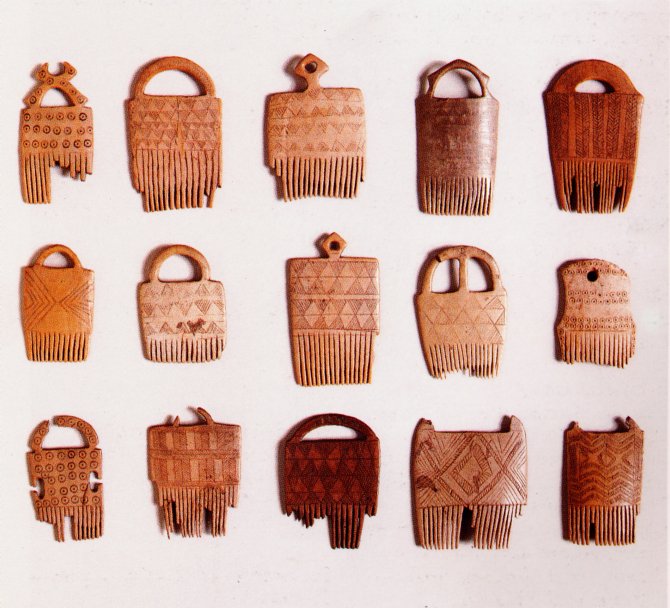Dear visitor, this museum is no
longer managed by this Archaeological Superintendence of Emilia-Romagna
For further information please contact the following telephone or email
The National Archaeological Museum of Parma
Palazzo della Pilotta, Piazza della Pilotta
Parma
Phone +39 0521.233718
pm-ero.muarcheologico-pr@beniculturali.it
Established in 1760 by Don Filippo
di Borbone in the Capital of the Duchy, coinciding with the beginning of the
exploration of the Roman municipium of Veleia in 1760, the Ducale Museo d’Antichità
(Ducal Museum of Antiquity), now called Museo Archeologico Nazionale (National
Archaeological Museum), was the first and for a long time the only example of an
institution connected with archaeological activities in Northern Italy. Since
the first half of the 191h century, the Museum has been housed in the south-west
wing of the Palazzo della Pilotta, an impressive complex which used to house
court facilities and which was built by making several extensions around the Corridore,
designed by Giovanni Boscoli da Montepulciano for Duke Ottavio Farnese, in
about 1580.
The Museum was originally housed in
a modest building leaning against the Pilotta Palace, which originally exhibited
numismatic collections of the Farnese dukes.
Initially, in addition to gathering
fragments of the Trajan Tabula Alimentaria -an inscription carved in
bronze which was discovered by chance in 1748 in Veleia- and to another
engraved bronze from Veleia -Lex de Gallia Cisalpína - it also featured
bronze figures, furnishings and coins coming from the archaeological excavations.
On the other hand, the Veleian sculptures -the twelve marble statues of the
Julius-Claudian cycle from the Basilica -and their respective inscriptions were
assigned to the Gallery which had been recently established in the Accademia.

Marble statues of the
Julius-Claudian cycle from the Basilica of Veleia
In 1803 the French Administration, for the benefit of Paris, stripped the Museum of its most prestigious pieces which, however, were returned after the Congress of Vienna. Meanwhile, it housed sculptures from the Palatino, which had been part of the Farnese collections, and other sculptures coming from Rome which before were to be found among the antiques belonging to the Gonzaga family of Guastalla.
The collection of medals which has existed since the last decades of the 18th century, with its nucleus coming from Veleia, was enriched by further acquisitions.
It was Duchess Maria Luigia who, after locating it in new premises, mostly enriched the Museum by purchasing new numismatic collections, Greek, Italiot, and Etruscan pottery, and Egyptian artefacts.
Cinerary urns from Parma's terramara (left) - Roman bronzes from Borgo delle
Orsoline (right)
In 1866, the Accademia finally yielded the statues coming from the Basilica in Veleia.
Immediately after the national unification, thanks to the researches carried out by Luigi Pigorini and Pellegrino Strobel, one of Northern Italy’s most remarkable collections of prehistoric remains was established.
The Museum’s current arrangement dates back to 1965.
The creation of technical and
didactic workshops and new exhibition areas is planned in the wing designed to
replace the Cavallerizza building, which was destroyed during World War Il.
On the first floor, in addition to
remains from Veleia and collections acquired during the 19th century, marbles
from the Gonzaga and Farnese collections are exhibited. Among these, there are
some particularly interesting pieces, for instance the head of Zeus which, similarly
to the colossi in basanite exhibited in the Pinacoteca (Art Gallery), came from
Francesco Farnese’s archaeological excavations on the Palatino, as well as a
splendid copy of Prassitele’s Eros.
The relief of dignitary Amenemone
(dating back to the Amenophis III period, 1405-1370 B.C.) among the Egyptian
pieces and a kylikes made by Oltos (520-510 B.C.) among the Greek vases, are of
remarkable importance.

Stag's antler combs from
terramara of Castiglione dei Marchesi, Fidenza (PR) - Middle Bronze Age
The ground floor houses the prehistoric and protohistoric sections, including materials coming from Bronze Age settlements (terramare) of the Parmesan area and the burial complex dating back to the second Iron Age from Fraore.

Gold jewels from Teatro Regio